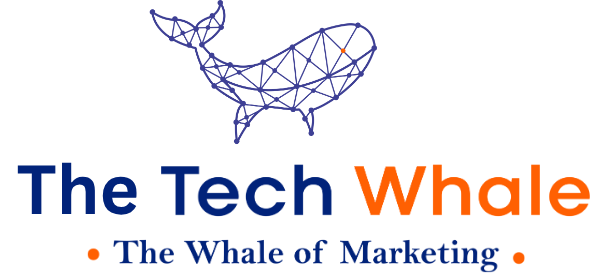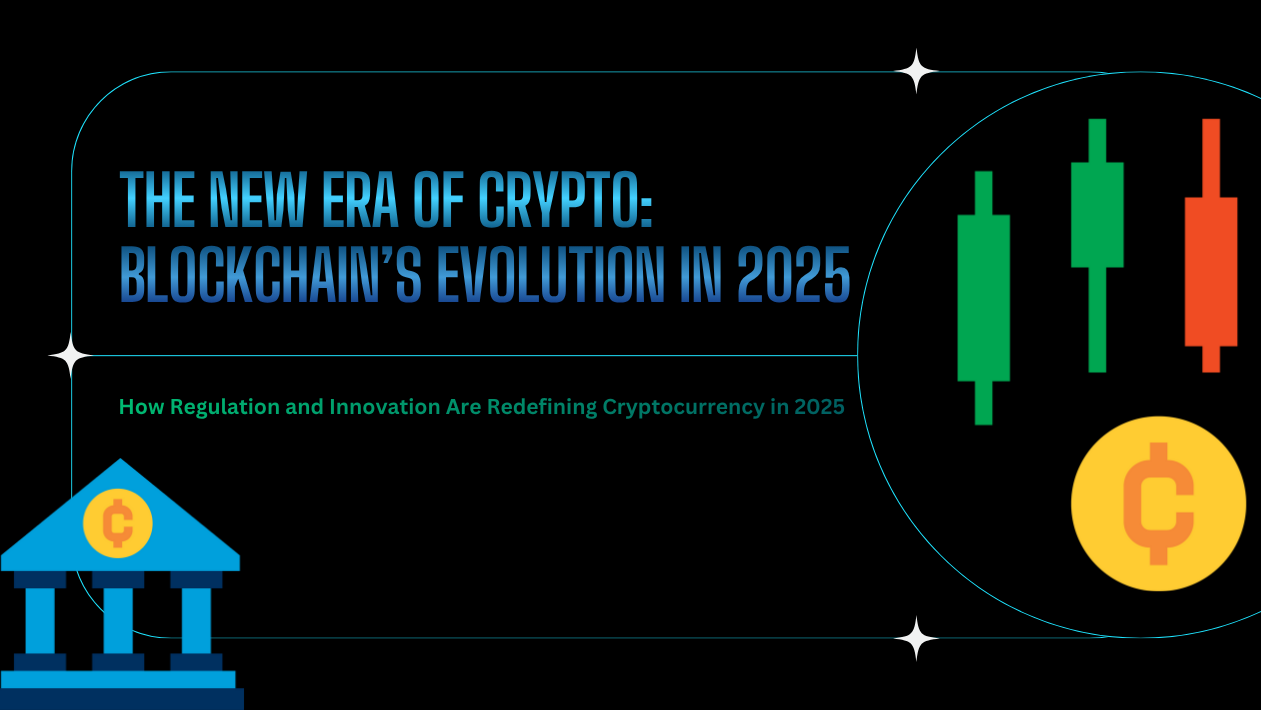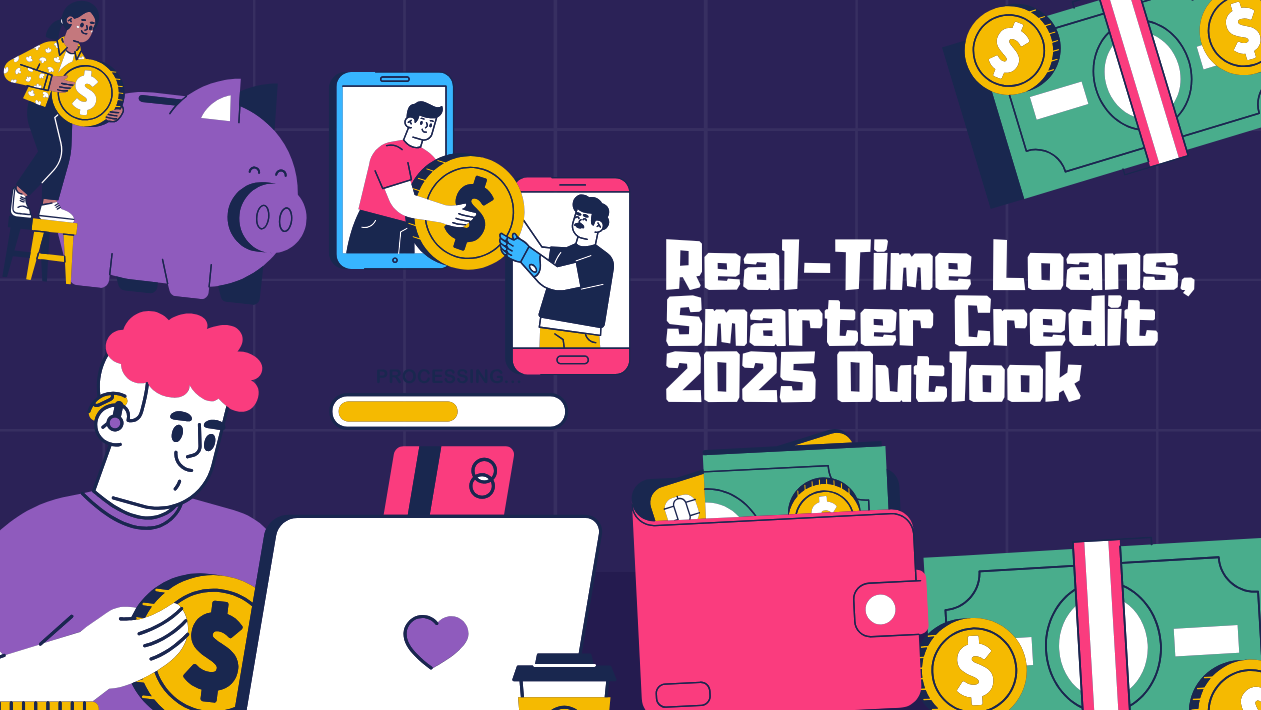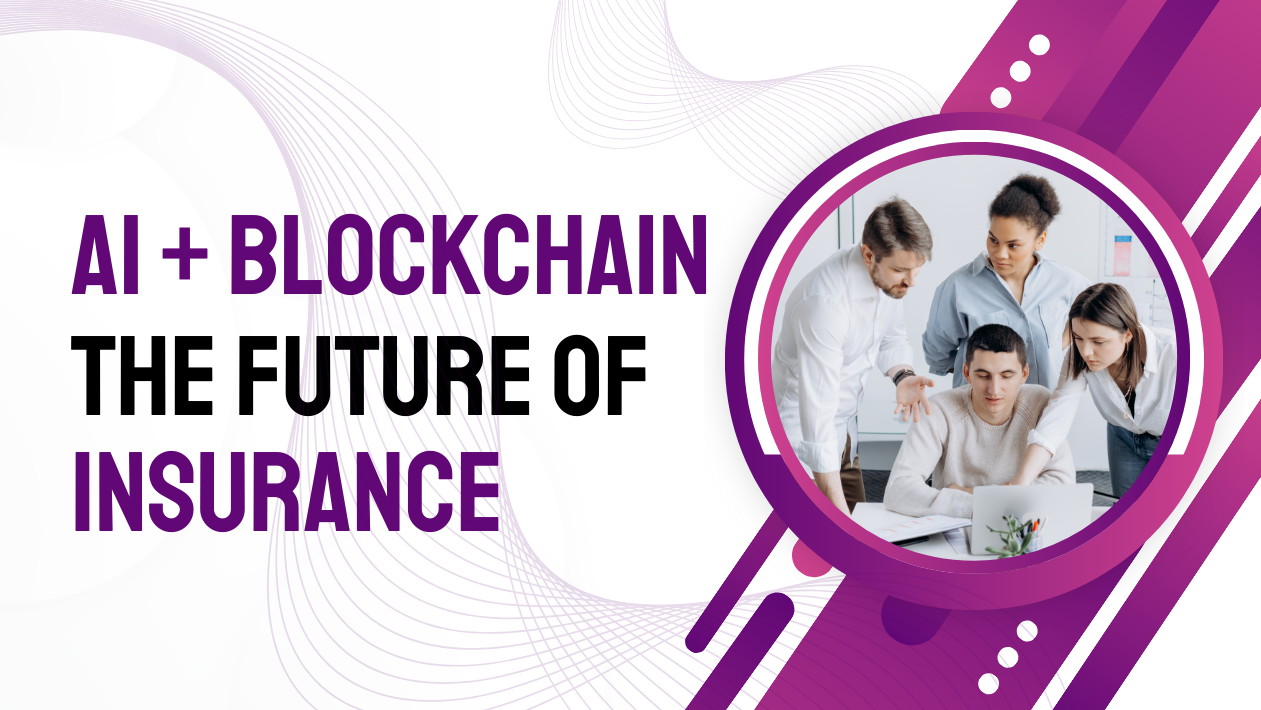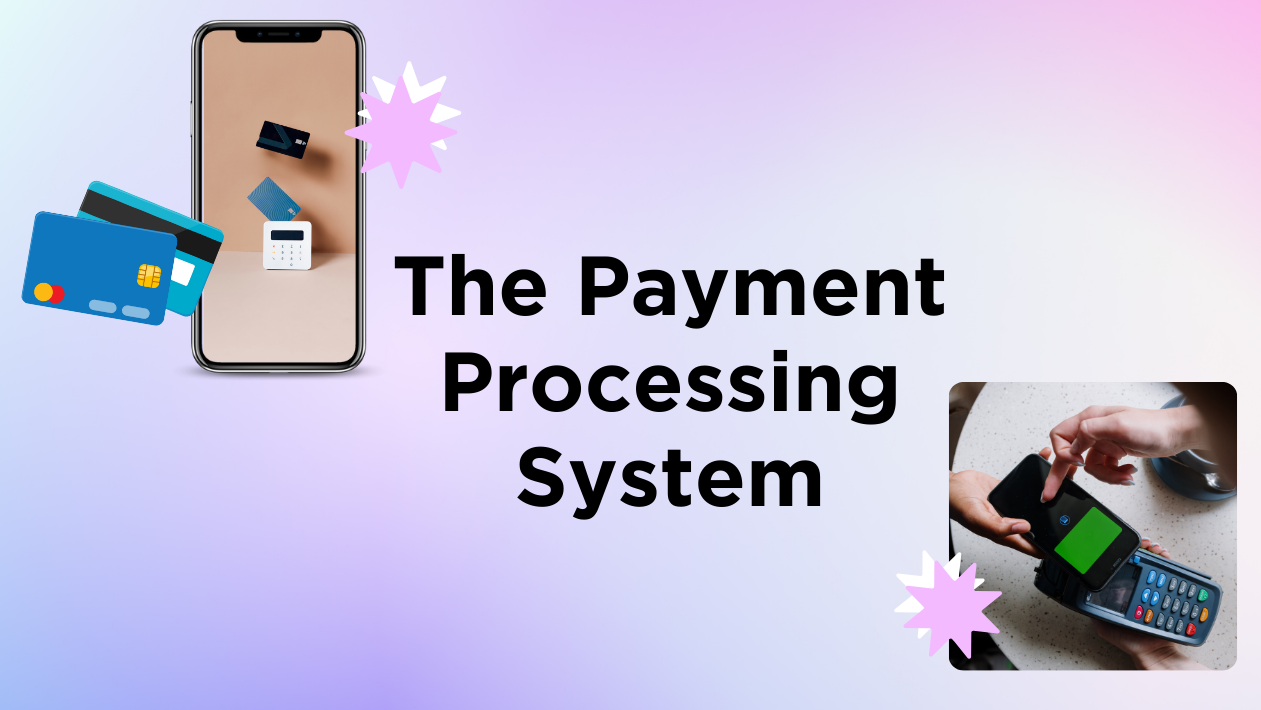The blockchain and cryptocurrency ecosystem in 2025 has evolved far beyond speculative trading. With institutional adoption, regulatory clarity, and real-world use cases gaining traction, digital assets are transitioning from volatile markets to the foundation of the next-generation financial infrastructure.
Global Regulation Brings Stability and Credibility
After years of uncertainty, 2025 has marked a turning point for global crypto regulation. The EU’s Markets in Crypto-Assets (MiCA) law is now fully implemented, setting transparency and consumer protection standards across Europe. Meanwhile, the U.S. Crypto Clarity Act and Asia-Pacific Digital Asset Framework have introduced unified licensing for exchanges and custodians.
This regulatory alignment is attracting major institutions—including BlackRock, JPMorgan, and HSBC—into tokenized finance, bridging traditional markets and blockchain innovation.
Tokenization of Real-World Assets (RWA) Goes Mainstream
One of the biggest blockchain trends of 2025 is real-world asset tokenization. Companies are now digitizing physical assets—such as real estate, bonds, gold, and carbon credits—into blockchain-based tokens that can be traded 24/7.
According to Boston Consulting Group, the global RWA tokenization market is projected to surpass $12 trillion by 2030, with Ethereum and Avalanche leading the infrastructure race.
CBDCs and Stablecoins Power Global Payments
Central Bank Digital Currencies (CBDCs) are reshaping how governments and banks issue money. Over 50 countries now have pilot or active CBDC programs, while stablecoins like USDC, EUROC, and PYUSD are being used for cross-border payments, payroll, and remittances.
With instant settlement, reduced fees, and full transparency, blockchain-based money is becoming a trusted global payment medium.
DeFi 2.0: Security and Compliance Take Center Stage
Decentralized Finance (DeFi) has matured into a more stable, compliance-friendly ecosystem. New-age DeFi protocols feature identity verification, audited smart contracts, and insurance-backed liquidity pools, reducing systemic risk and building confidence among institutional players.
DeFi 2.0 platforms are now partnering with banks and fintechs, offering on-chain lending, yield products, and credit scoring tied to verified digital IDs.
NFTs and Web3 Brands Find Real Utility
While the hype around collectibles has cooled, NFTs are evolving into digital identity, loyalty, and ticketing tools. Brands such as Nike, Starbucks, and Spotify now issue NFTs that represent exclusive memberships, rewards, and digital ownership rights.
This marks the next stage of Web3 integration, where blockchain enhances consumer engagement beyond speculation.
Sustainability and Green Blockchain Innovation
Amid growing environmental scrutiny, blockchains are adopting energy-efficient consensus models like Proof of Stake and Proof of Authority. Projects such as Polygon, Cardano, and Algorand are leading the way in carbon-neutral blockchain operations.
Green crypto funds are also emerging, investing in climate tech and renewable energy tokenization projects.
Outlook: A Mature, Connected, and Regulated Crypto Economy
The crypto industry of 2025 is no longer an experimental frontier—it’s a regulated, trusted, and globally integrated system powering payments, finance, and commerce.
As blockchain continues to bridge decentralization and institutional trust, the next five years could see the technology embedded into every layer of the global economy—from supply chains and digital IDs to AI and the metaverse.
